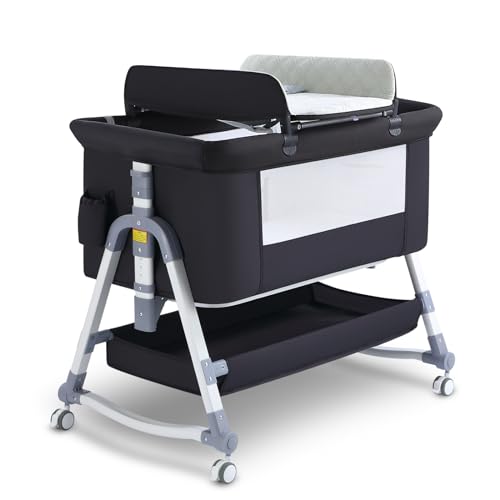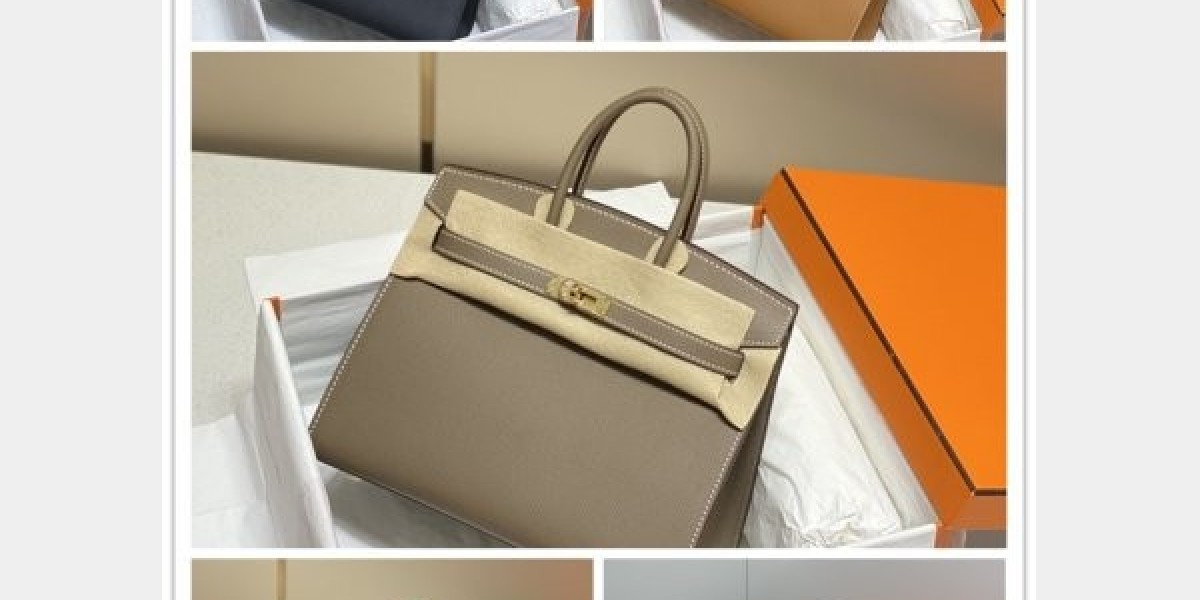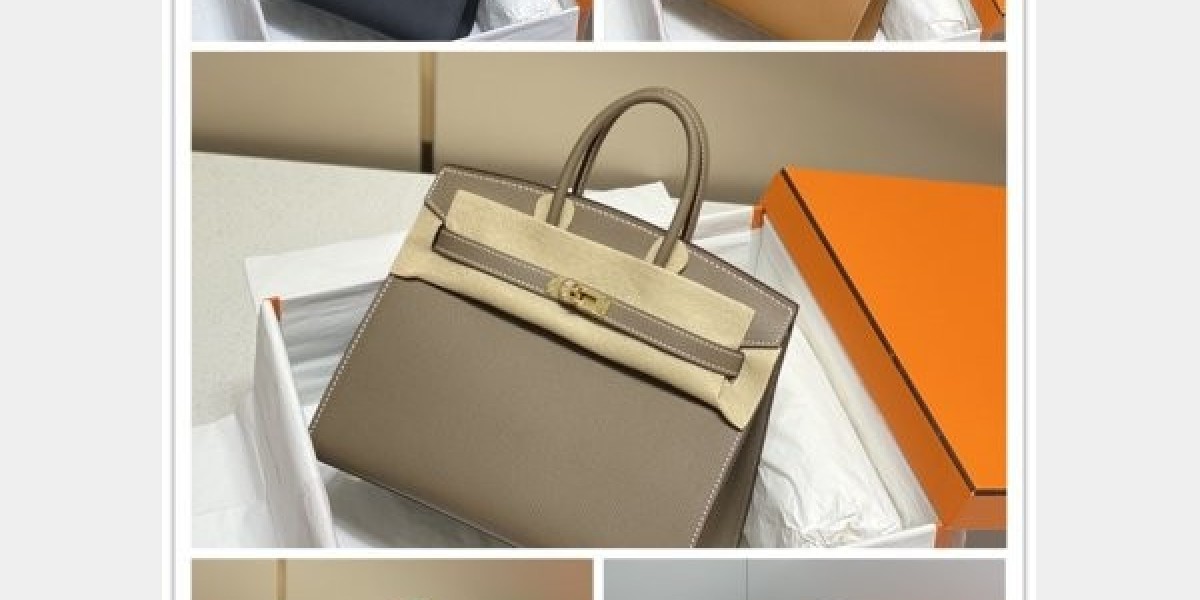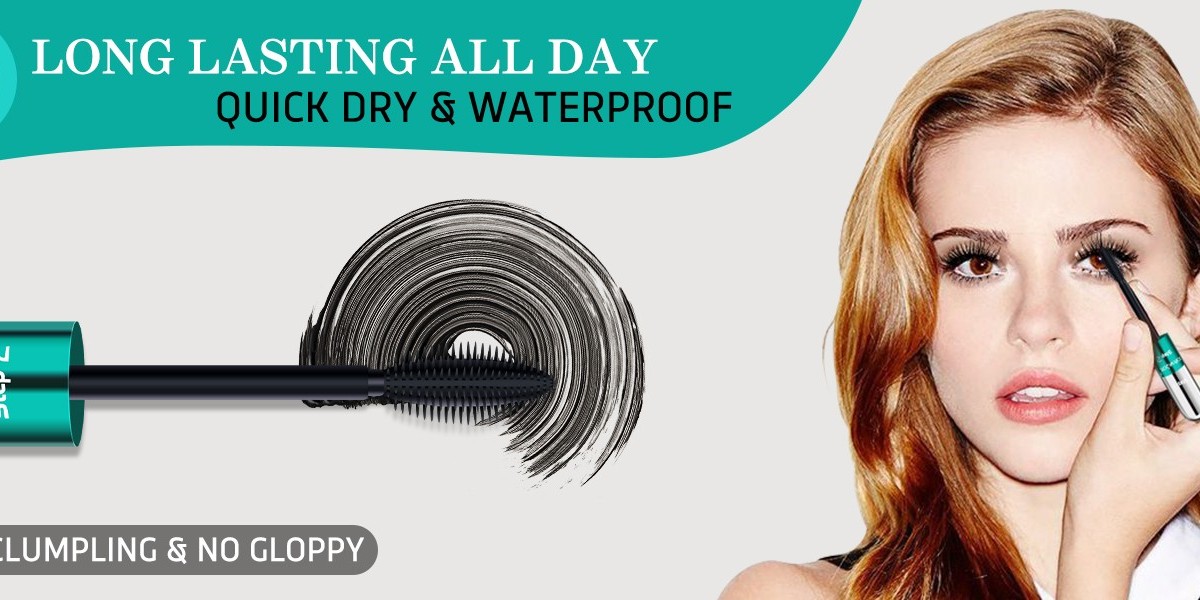In the journey of parenthood, ensuring the safety and comfort of a newborn is paramount. One of the most critical pieces of equipment in this regard is the baby bed. From traditional cribs to modern sleep solutions, baby beds have evolved significantly over the years. This article delves into the history, types, safety standards, and benefits of baby beds, providing parents with the knowledge they need to make informed decisions.

The History of Baby Beds
The concept of a dedicated sleeping space for infants dates back centuries. In ancient times, babies often slept on the same bed as their parents or on simple straw mattresses. However, the Industrial Revolution brought about significant changes in living conditions, leading to the development of more specialized infant sleep solutions.
Early Cribs and Cradles
- Cradles: These were small, rocking beds designed to soothe infants. They were often made of wood or wicker and were commonly used in European households.
- Cribs: The first cribs appeared in the 19th century. These were larger, more stable structures with high sides to prevent babies from rolling out.
Modern Baby Beds
- Crib: A standard crib is a four-sided bed with a detachable mattress. It is designed to provide a safe and comfortable sleeping environment for infants.
- Bassinet: A bassinet is a smaller, portable bed that can be placed next to the parents' bed. It is ideal for newborns and is often used for the first few months.
- Play Yard: A play yard, also known as a portable crib, is a versatile option that can be used for both sleeping and playtime. It is easy to fold and transport, making it perfect for travel.
Types of Baby Beds
Choosing the right baby bed is crucial for ensuring the safety and comfort of your infant. Here are some of the most common types of baby beds:
Standard Cribs
- Features: High sides, adjustable mattress height, and sturdy construction.
- Benefits: Provides a safe and spacious sleeping environment, suitable for infants and toddlers.
- Considerations: Ensure the crib meets safety standards and is free from hazardous materials.
Bassinet
- Features: Compact size, often with a rocking mechanism, and easy to move around.
- Benefits: Close proximity to parents, ideal for newborns, and promotes bonding.
- Considerations: Bassinets are typically used for the first few months, so parents may need to transition to a crib later.
Play Yard
- Features: Portable, with a built-in changing station and storage compartments.
- Benefits: Versatile, can be used for both sleeping and playtime, and easy to transport.
- Considerations: Ensure the play yard is stable and meets safety standards.
Co-Sleeper
- Features: Attaches to the parents' bed, allowing for close proximity without the risk of co-sleeping.
- Benefits: Promotes bonding and makes nighttime feedings easier.
- Considerations: Ensure the co-sleeper is securely attached to the bed and meets safety standards.
Safety Standards for Baby Beds
Safety is the top priority when it comes to Baby beds (Read Much more). Here are some key safety standards to consider:
Cribs
- Spacing: The slats should be no more than 2 3/8 inches apart to prevent babies from getting their heads stuck.
- Mattress: The mattress should fit snugly in the crib to prevent gaps where a baby could become trapped.
- Materials: Ensure the crib is made from non-toxic materials and is free from lead paint.
Bassinet
- Stability: The bassinet should be stable and not tip over easily.
- Mesh Sides: If the bassinet has mesh sides, ensure they are securely attached and free from small parts that could pose a choking hazard.
- Mattress: Use a firm mattress to reduce the risk of Sudden Infant Death Syndrome (SIDS).
Play Yard
- Stability: Ensure the play yard is stable and does not collapse easily.
- Locking Mechanisms: Check that the legs and sides lock securely in place.
- Materials: Use a play yard made from non-toxic materials and free from small parts.
Co-Sleeper
- Attachment: Ensure the co-sleeper is securely attached to the bed to prevent accidents.
- Mattress: Use a firm mattress and avoid soft bedding that could increase the risk of SIDS.
- Materials: Choose a co-sleeper made from non-toxic materials.
Benefits of Baby Beds
- Safety: Baby beds are designed to provide a safe sleeping environment, reducing the risk of accidents and SIDS.
- Comfort: A comfortable baby bed can help your infant sleep better, leading to improved health and development.
- Convenience: Portable baby beds like play yards and co-sleepers offer convenience for parents, making it easier to care for their infants.
- Bonding: Close proximity to parents, especially with bassinets and co-sleepers, can promote bonding and a sense of security for the baby.
FAQs
When should I transition my baby from a bassinet to a crib?
- Most babies outgrow bassinets between 3 to 6 months of age. Transition to a crib when your baby can roll over, sit up, or pull themselves up to a standing position.
Are second-hand cribs safe to use?
- Second-hand cribs can be safe if they meet current safety standards. Check for recalls, inspect the crib for damage, and ensure it has all the necessary parts.
What is the best mattress for a baby bed?
- A firm mattress is the best choice for a baby bed. Soft mattresses increase the risk of SIDS and should be avoided.
How often should I clean the baby bed?
- Clean the baby bed regularly, at least once a week. Use mild detergent and warm water, and ensure the bed is completely dry before using it again.
Can I use bumper pads in a crib?
- Bumper pads are not recommended by the American Academy of Pediatrics (AAP) as they pose a suffocation risk. Instead, use a fitted sheet and a wearable blanket to keep your baby warm and safe.
Choosing the right baby bed is a crucial decision that impacts the safety and comfort of your infant. By understanding the history, types, safety standards, and benefits of baby beds, parents can make informed choices that promote a healthy and secure sleeping environment for their little ones. Whether it's a traditional crib, a cozy bassinet, or a versatile play yard, the right baby bed can make all the difference in the early stages of parenthood.






